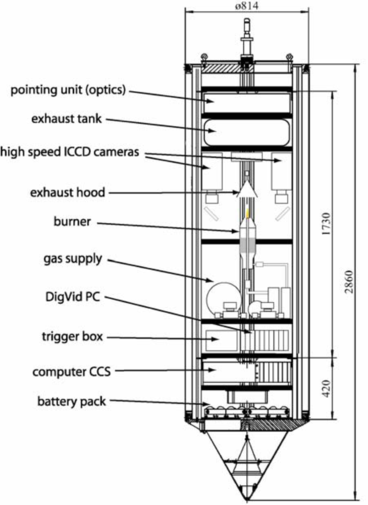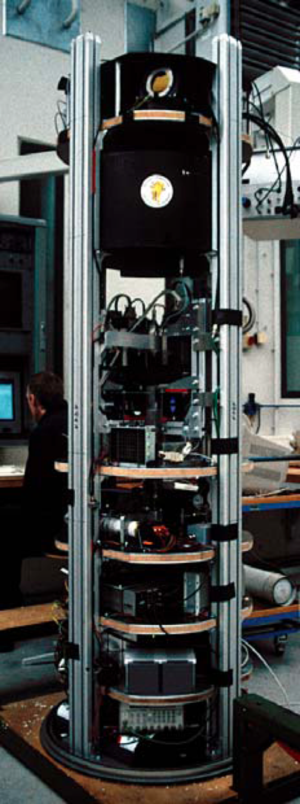investigations on soot concentration and primary particle sizes (LII / SOOT)

research area: combustion
experiment title:
Investigations on Soot Concentration and Primary Particle Sizes under Microgravity by Advanced Laser-Induced Incandescence Techniques
experiment acronym: LII / SOOT
funding agency: ESA
grant number: AO-98/99-007
performing organization:
Technische Thermodynamik, Universität Bremen
prime investigator: Prof. Dr.-Ing. Stefan Will
experiment objective
abstract
The understanding of particle formation in flames is still one of the major challenges of combustion research. This statement relates both to the reduction of soot emission in technical systems and to the defined synthesis of carbon blacks and other nanoparticles in combustion processes. A general difficulty in the understanding and modelling of particle formation, growth, and - in some instances - oxidation are gravitation-related effects such as buoyancy, which crucially affects flow conditions in flames. The absence of buoyancy under microgravity thus allows the predefinition of important process-parameters that are not accessible normally and in particular a control of residence times. In this context laminar diffusion flames are important objects of investigation both for basic studies and in regard of modelling purposes for complex technical systems. It was the aim of the present work to perform a simultaneous measurement of soot concentration and primary particle size in an imaging fashion.
related publications
- Reimann, J., Will, S.: Optical Diagnostics on Sooting Laminar Diffusion Flames in Microgravity. Microgravity Sci. Technol. 16, 333-337 (2005)
- Reimann, J., Kuhlmann, S.-A., Will, S.: Investigations on Soot-Formation in Non-Buoyant Heptane Jet Diffusion Flames by Optical Techniques. Microgravity Sci. Technol. 22, 499-505 (2010)
experimental setup

experiment campaigns
experiment year: 2006
number of drops: 45 (SOOT)
experiment year: 2005
number of drops: 20 (SOOT)
experiment year: 2003
number of drops: 12 (LII)
experiment year: 2002
number of drops: 25 (LII)


 "
"